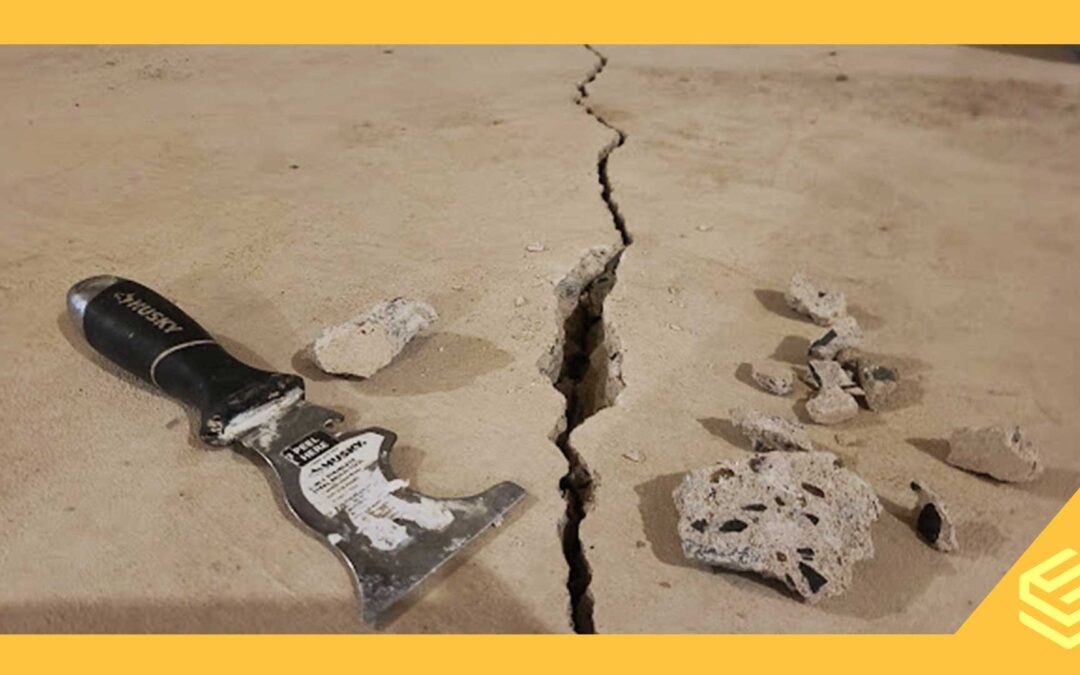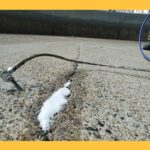
The structural integrity of any building rests upon its foundation, making it a critical element in construction. Unfortunately, foundations are susceptible to water damage, which can compromise their strength and stability. Let’s take a look at the common causes and consequences of foundational water damage and explore how waterproofing plays a crucial role in mitigating these issues.
Understanding Foundational Water Damage
Poor drainage, soil erosion, and hydrostatic pressure are primary culprits behind water damage to foundations. Improper water runoff management, changes in soil composition, and rising groundwater levels contribute to the deterioration of foundation materials.
Foundational water damage can manifest in various ways, from visible cracks and fractures to the insidious growth of mold and mildew. Beyond aesthetic concerns, compromised structural integrity poses a significant risk to the entire building.
The Basics of Waterproofing
Waterproofing involves applying materials to prevent water intrusion into a structure. For foundations, this is a proactive measure crucial for maintaining their longevity and structural soundness. A water-resistant foundation not only repels water but also safeguards against the associated damages
There are various materials used in waterproofing, each with its unique advantages. Liquid membranes, sheet membranes, cementitious waterproofing, and Bentonite clay are common choices, each suited to specific conditions and preferences.
Choosing the Right Method
Selecting the appropriate waterproofing method involves considering factors such as the building’s location, soil type, and climate. Consulting with professionals like Savy & Sons can provide valuable insights into the most effective solution for a particular foundation.
The Waterproofing Process
Assessment and Preparation
Before waterproofing, a thorough site assessment is crucial. This includes inspecting existing drainage systems, identifying vulnerable areas, and preparing the surface for the application of waterproofing materials.
Application
The proper application of chosen materials is essential for effectiveness. Surface preparation, correct application techniques, and adherence to recommended curing and drying times are all crucial steps in the process.
Regular inspections and maintenance are necessary to ensure the ongoing efficacy of the waterproofing. Periodic checks can catch potential issues early, allowing for timely repairs and preserving the foundation’s integrity.
Benefits of Waterproofing
Prevention of Foundational Water Damage
The primary benefit of waterproofing is the prevention of foundational water damage. By creating a barrier against water intrusion, the foundation remains structurally sound, avoiding the need for costly repairs.
Prolonged Lifespan of the Foundation
A water-resistant foundation is likely to have a longer lifespan, reducing the frequency of repairs and replacements. This not only saves money but also ensures the building remains a safe and stable structure.














